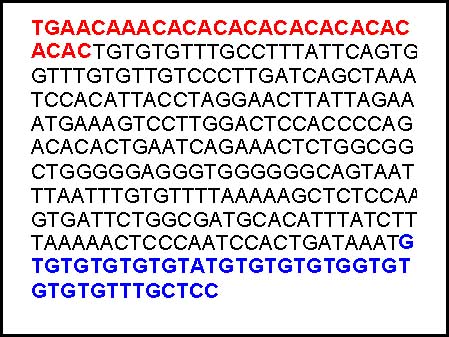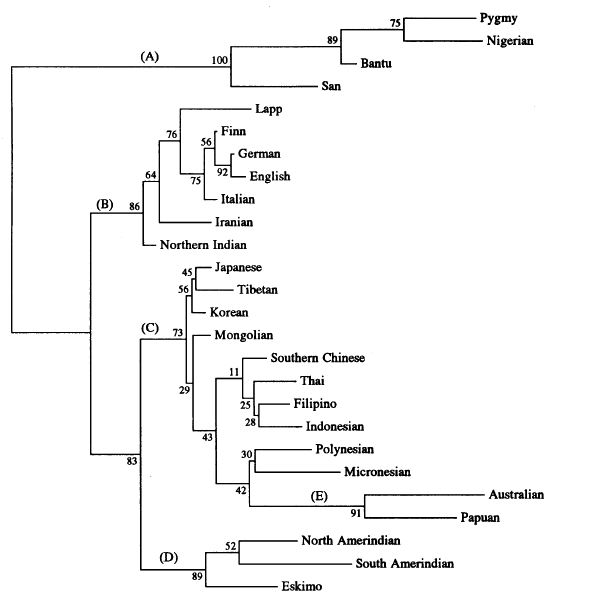EDIT: some of the below is incorrect, i clarify in the next comment. i'll fix this up later.
you'd have to use the primers they've already found. those primers will show up in australian cannabis (we don't have landraces but we've got very old lines), they show up in all cannabis, but in different combinations, i think it's sort of like if you have markers 1-15, some a landrace from africa may have 1,3,7,9 whereas one from aus may have 1,4,5,11,15. so you'd compare the combination to see what those "unknown" old seeds match closest to. if they're 1,4,5,11,13 you may see that they're closely related so it's probably been outcrossed with another strain that had the 13. i'm still yet to learn the specifics of this stuff but that's the impression i have so far. and yeah as far as i know the older we go back the more common landraces were, reduced level of inbreeding/outbreeding like today, but that said a lot landraces themselves are actually strains that have been bred up by native people from original wild cannabis so it'd be interesting to test wild populations as well as landrace ones still being used by native peoples to see what has or hasn't changed and where they got their strains from originally. like the african ones, i don't think cannabis originated there, it would've been transported there so those landraces will have origins in asia somewhere, who knows how pure they are, that's what you'd want to find out. it'd be interesting though if you worked out that the african stock wasn't from the closest parts with natural cannabis like the middle east, but if instead it'd been transported from china or somewhere else much further away. hope that helps, lol it's got me thinking much more about it all too so thanks
you'd have to use the primers they've already found. those primers will show up in australian cannabis (we don't have landraces but we've got very old lines), they show up in all cannabis, but in different combinations, i think it's sort of like if you have markers 1-15, some a landrace from africa may have 1,3,7,9 whereas one from aus may have 1,4,5,11,15. so you'd compare the combination to see what those "unknown" old seeds match closest to. if they're 1,4,5,11,13 you may see that they're closely related so it's probably been outcrossed with another strain that had the 13. i'm still yet to learn the specifics of this stuff but that's the impression i have so far. and yeah as far as i know the older we go back the more common landraces were, reduced level of inbreeding/outbreeding like today, but that said a lot landraces themselves are actually strains that have been bred up by native people from original wild cannabis so it'd be interesting to test wild populations as well as landrace ones still being used by native peoples to see what has or hasn't changed and where they got their strains from originally. like the african ones, i don't think cannabis originated there, it would've been transported there so those landraces will have origins in asia somewhere, who knows how pure they are, that's what you'd want to find out. it'd be interesting though if you worked out that the african stock wasn't from the closest parts with natural cannabis like the middle east, but if instead it'd been transported from china or somewhere else much further away. hope that helps, lol it's got me thinking much more about it all too so thanks




